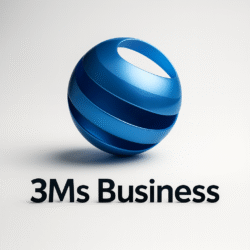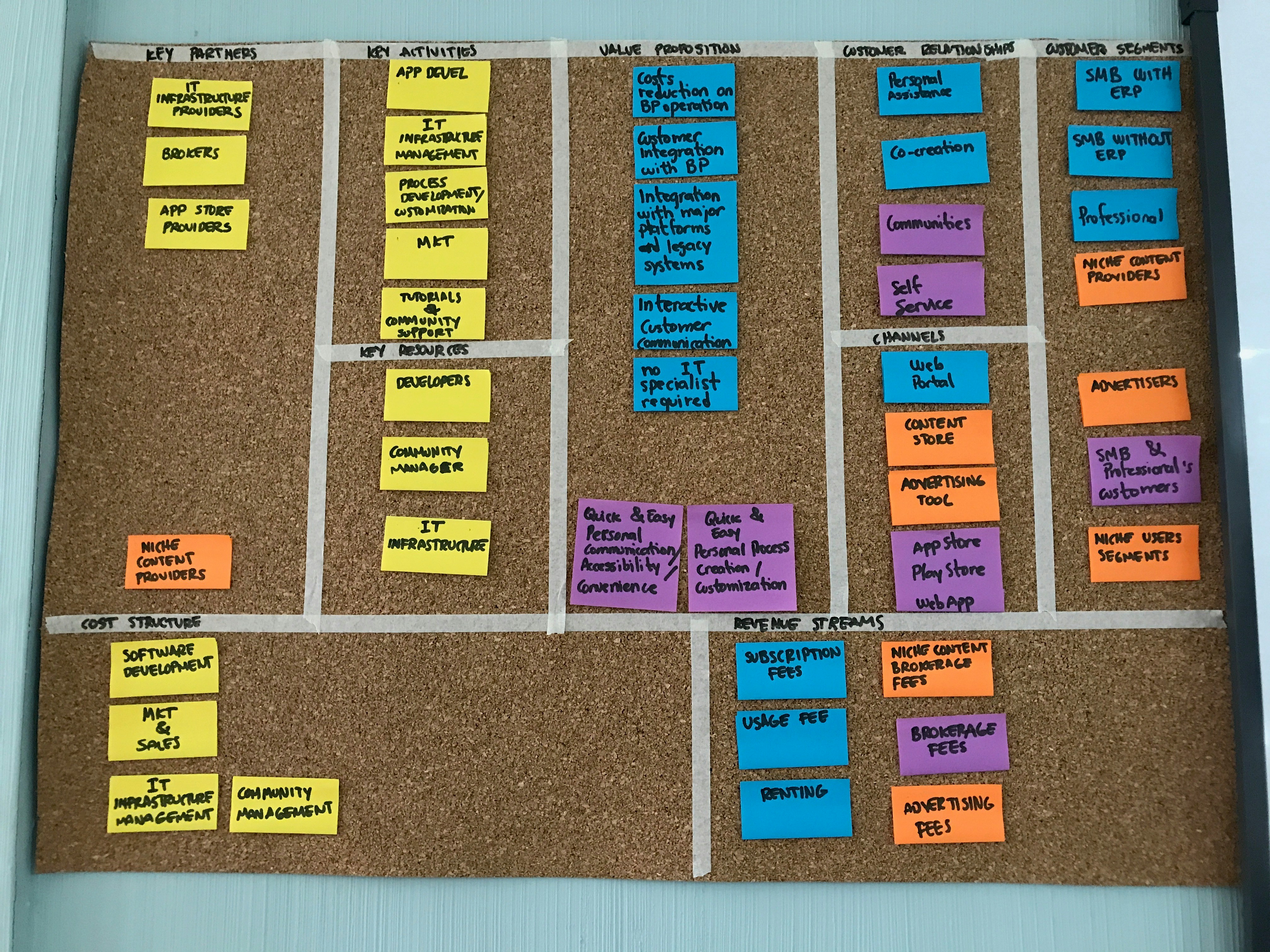Overhead Allocation That Sales Won’t Fight
Why This Matters
The operations of your business rely on overhead costs which encompass indirect expenses including sales support and marketing as well as customer service and IT and HR and finance and facilities. The necessity of these expenses exists but the process of distributing them between products and customers and regions remains challenging.
When you allocate overhead incorrectly sales teams become penalized and financial reporting becomes inaccurate while leadership loses confidence in your reports. The correct method leads to universal understanding of the process from all stakeholders who will accept it for effective implementation.
Our goal focuses on developing an overhead allocation system that is fair and transparent with simple operations and stability which sales teams will endorse.
Key Objectives
1. Fairness – Costs should be shared in proportion to what drives them.
2. Simplicity – No more than three main cost drivers, easy to run each month.
3. Transparency – Anyone can trace a number back to its source.
4. Stability – No big swings that surprise sales or finance.
5. Alignment with Sales Incentives – The method must not hurt commission earnings or make sales avoid certain deals just to “look good” in reports.
6. Financial Accuracy – Ties exactly to your accounting system.
7. Scalability – Works even as you add new products, markets, or sales channels.
Current Problems in Many Companies
• The current revenue-based cost allocation method creates unfairness because profitable products subsidize unprofitable ones.
The process of renewals being charged overhead costs equivalent to new sales creates an issue because renewals require less effort.
Some high-support customers use up resources but their increased costs do not appear in cost allocation reports.
The complexity of methods makes sales teams doubt their understanding of the process.
The substantial alterations in monthly allocation figures between different periods create challenges for business planning.
A Practical Solution: The 3-Driver Method
The three cost drivers can reach 90% of fairness and accuracy while replacing many complicated rules.
1. Gross Margin (GM) – For commercial costs like Sales, Marketing, RevOps, Enablement.
o Why? It rewards profitable selling, not just high revenue.
2. Activity Counts – For customer service and support costs.
The 60% support tickets receive 40% of this allocation while implementations and projects take the remaining 60%.
o Why? It reflects actual workload from customers.
3. Revenue – For platform or shared services like IT, HR, finance, legal, and facilities.
o Why? Simple, scalable, and a fair baseline.
Example: How It Works
Let’s say your company has:
• Revenue: $240M
• Gross Margin: $135.6M
• Support Tickets: 44,000
• Implementations: 875
• Total Overhead to Allocate: $48M
We split the $48M into:
• Commercial Pool (GM-based) – $18M
• Customer Operations Pool (Activity-based) – $10M
• Platform/Shared Pool (Revenue-based) – $20M
We then calculate simple “rates”:
The commercial pool gets its value by dividing $18M by $135.6M GM to achieve 13.27 cents per GM dollar.
• Customer Ops:
o 60% tickets → $6M ÷ 44,000 = $136.36 per ticket
o 40% implementations → $4M ÷ 875 = $4,571.43 per implementation
• Platform/Shared: 20M ÷ 240M revenue = 8.33 cents per revenue dollar
Every product segment together with each regional area receives:
The costs from the Commercial pool depend on Gross Margin (GM).
The cost allocation for Customer Ops depends on both ticket counts and implementation numbers.
Each product or region receives Platform costs which stem from their revenue amount.
This method provides a fair distribution of costs since high-support products pay their share while profitable sales receive rewards and shared functions obtain coverage.
Why Sales Will Support This
• They see the logic: profitable sales aren’t punished, and heavy-support customers bear more cost.
The team can simplify the process for their staff members through explanations that take less than five minutes.
The commission base remains untouched since commissions get calculated before applying overhead allocation.
The system provides both predictive changes and protection features which result in stable results.
Why Finance Will Support This
• The approach maintains a precise connection with the general ledger system.
• The entire cost dollar amount gets recorded once to prevent duplicated expenses.
• The system requires only three essential allocation mechanisms which results in rapid monthly processing.
The system includes safeguards to prevent unusual outcomes when dealing with small segments and products that have low margins.
The method will adapt to business expansion without needing redesign changes.
Guardrails for Stability
1. Smoothing – Use a three-month average to stabilize results when any driver (GM, tickets, revenue) shows a change exceeding 20% from the previous month.
2. Floors & Ceilings – The system requires both minimum (floor) and maximum (ceiling) limits for product/region charges to prevent abnormal values.
3. No Double Counting – Each cost goes into one pool only.
4. Annual Review – Check the driver logic every year to keep it relevant.
Commission Protection
Overhead allocation presents a significant concern for sales staff because it threatens to decrease their commissionable revenue base. Our rule: allocations never affect commissions.
The compensation plan determines whether commissions are paid based on revenue, gross margin or contribution margin before overhead allocations.
The P&L includes allocations exclusively for management reporting purposes.
Finance releases a brief monthly note called “variance note” that explains the reason behind overhead changes.
Rollout Plan (30-60-90 Days)
First 30 Days – Design & Dry Run
• Finalize cost pools and driver definitions.
The process of mapping General Ledger accounts to pools has been completed.
The system requires testing of the method on data from the past three months.
Next 30 Days (60-Day Mark) – Parallel Run
Two allocation systems operate simultaneously during this period.
The team distributes variance reports to both sales personnel and managers.
The team collects feedback and responds to questions while making possible improvements.
Final 30 Days (90-Day Mark) – Go Live
The organization transitions to the new allocation procedure.
The definitions together with the rules will be permanently set in place.
The first P&L statement after implementation of the new method.
Communication Plan
For Sales Teams – One-page explainer with:
The three drivers will be presented to the audience along with their origins.
Each comes from
• Example calculation
The statement clearly states that commissions remain unaffected by these changes.
For Managers – Talking points:
1. The allocation system now depends on three drivers instead of a single uniform percentage.
2. What’s not changing (quotas, commissions).
3. Why it’s better (fairer, more transparent, stable).
For Executives – Two-page summary with:
• Financial accuracy benefits
The process reduces disagreements between financial professionals and sales teams.
• Scalability for future growth
Example: Segment Calculation
The “Enterprise SaaS – AMER” segment serves as our analysis point.
The revenue amount reaches $60M while Gross Margin equals $40M.
• Revenue: $60M
Tickets number stands at 9,000 while Implementations reach 120 units.
Allocations:
The commercial allocation equals $40M multiplied by 13.27¢ which results in $5.31M.
• Customer Ops:
o Tickets: 9,000 × $136.36 = $1.23M
o Implementations: 120 × $4,571.43 = $0.55M
The total cost of Customer Ops amounts to $1.78M.
The platform allocation amounts to $60M times 8.33¢ which equals $5.00M.
Total Overhead Allocation = $12.09M
The calculation process of each allocation piece is fully transparent to Sales personnel.
What to Watch Out For
Poor data quality leads to poor output results. The definition of ticket and implementation should be clear and should remain constant.
Plan smoothing rules in advance to handle seasonal spikes that occur during holiday periods.
Avoid increasing the number of drivers unless new drivers enhance fairness in the system.
Without floors in place small segments receive unpredictable large amounts of allocation.
Benefits Beyond Fairness
The system enhances mutual trust between the sales team and finance department.
The system promotes better pricing practices because Gross Margin affects how costs are distributed across commercial channels.
The system reveals support-intensive products and regions to enable better management of service expenses.
Leadership achieves improved segment-specific profitability clarity through this system.
Governance
The pool definitions together with rate calculations fall under the responsibility of Finance Operations.
The Support Operations team defines both ticket and implementation standards.
The Revenue Operations team verifies that CRM attribution matches the actual data.
A quarterly review process exists to modify business operations according to changing requirements.
• Method review starts when there is a new product introduction or a new region entry or a major service transformation.
Why This Works
The three drivers maintain a balance which makes the system work effectively.
The design is easy to understand since only three drivers need to be calculated and remembered.
The real causes of profit for sales and activity for service and revenue for shared determine the costs distribution.
The system contains protective mechanisms which prevent excessive variations in the allocated costs.
Everyone recognizes the direct link between their tasks and the reported financial data.
Final Takeaway
The overhead allocation method works effectively only when personnel maintain their trust in it. Fairness along with transparency and simple explanations in the method prevent continuous disputes and maintain clean commissions while leadership receives actionable numerical data.
Three drivers. Clear definitions. Predictable results. That’s the CFO-grade design sales won’t fight.
- Fast Scanning: This fast scanner with auto feeder can scan up to 30 photos in 30 seconds
- Process and Enhance: The Epson FastFoto can crop, rotate, restore colour and enhance brightness or contrasts
- Suitable File Sizes: Save scans to the suitable file size, whether sharable JPEGs or top-quality TIFFs
- Rapid results
- Fast results: 300 dpi A4 scan in about 10 seconds
- 4 scan buttons for easy operation
- Scan documents quickly and easily with fast scanning up to 10 seconds
- Digitize documents and images thanks to 2400 x 2400 dpi resolution, and with image enhancements, such as fade correction…
- Enjoy ease of use with 4 ‘EZ’ buttons. With auto scan mode, the Scanner automatically detects what you’re scanning; Buil…

















